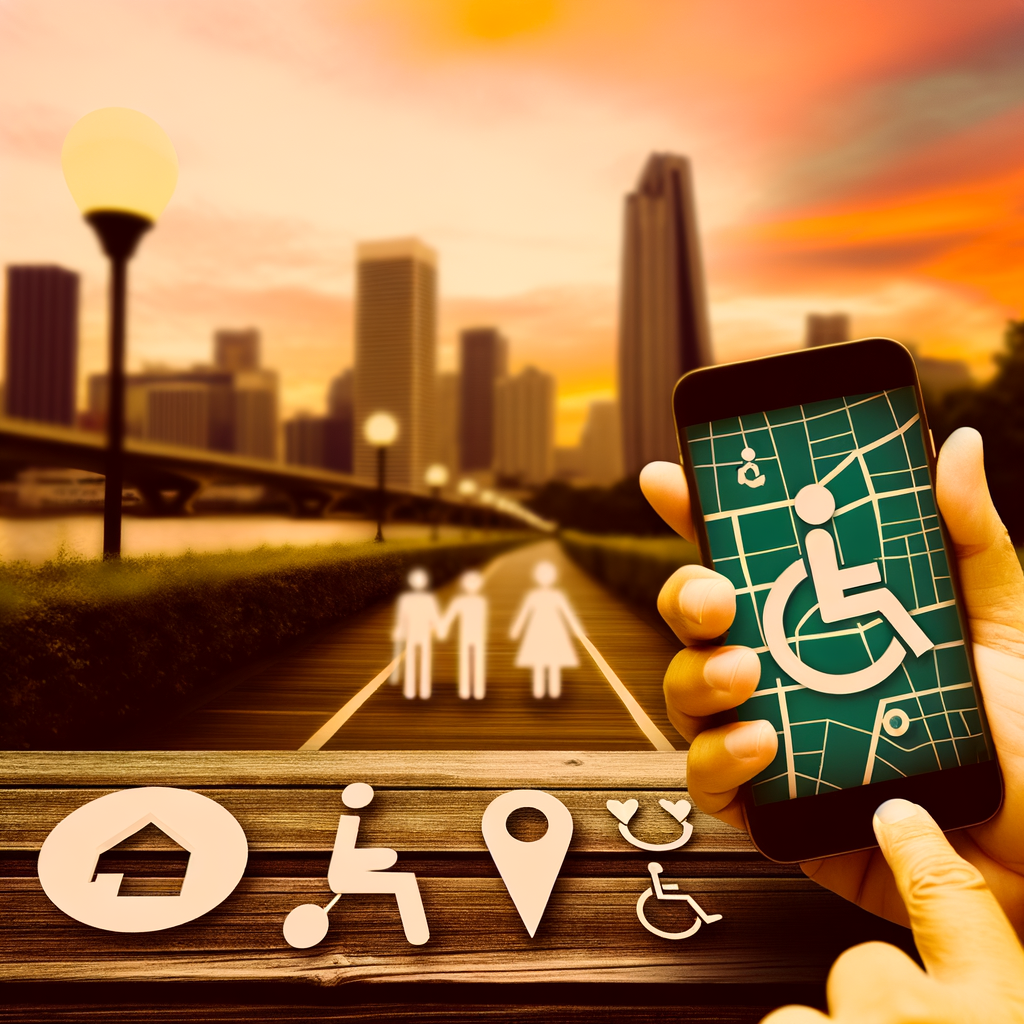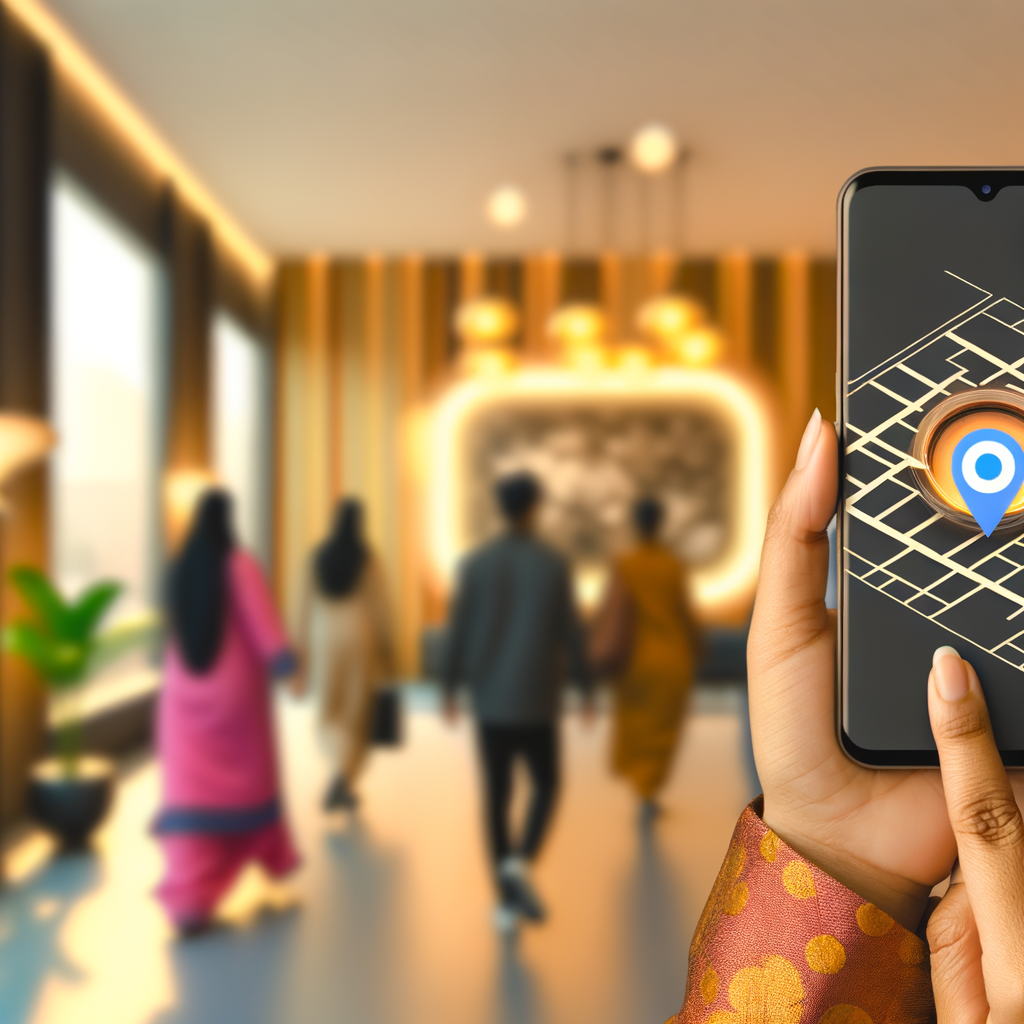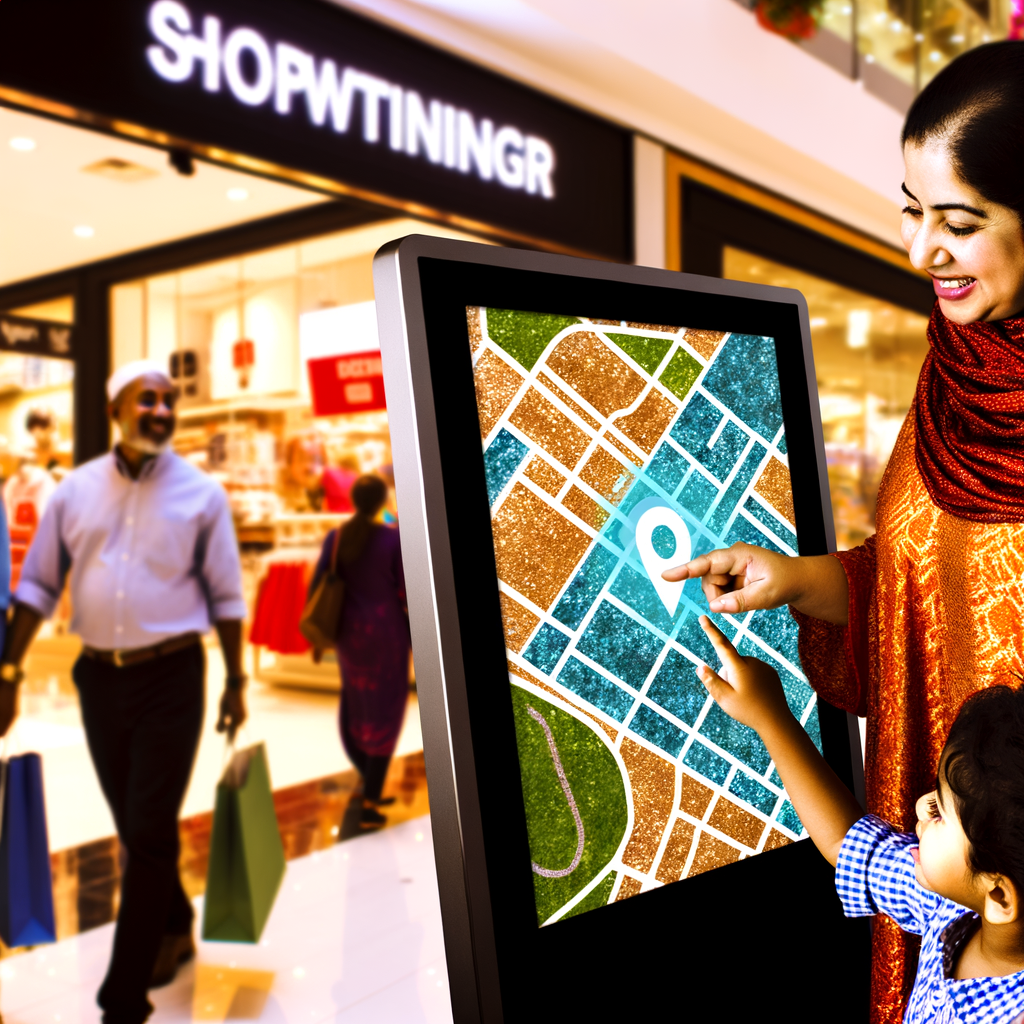Imagine a customer stepping into your mall or plaza for the first time. They navigate the space with seamless ease, quickly finding their destination without the frustration of feeling lost. That’s where wayfinding technology comes in. At its core, wayfinding is about making spaces easily navigable for everyone, ensuring visitors, especially those with accessibility needs, have a pleasant, stress-free experience. And that’s precisely what technology is doing: transforming spaces into welcoming, inclusive environments.
Electronic signage and kiosks are already revolutionizing the retail experience, but when combined with wayfinding solutions, they become powerful tools of inclusion. Think of dynamic digital arrows guiding visitors to specific stores or electronic kiosks providing detailed, accessible directions. For mall managers, this technology spans beyond aesthetics and convenience—it directly impacts customer satisfaction and retention. By catering to visitors of all abilities, you’re not only complying with accessibility standards but also expressing a deep respect and consideration for all your patrons.
Visualize the positive implication this has on your business processes. With intuitive wayfinding systems in place, foot traffic flows more smoothly. Visitors spend more time shopping rather than wandering in search of a store, translating to increased sales for your tenants. Moreover, your staff spends less time addressing navigational questions and more time enhancing the customer experience.
Now, let’s talk about business efficiency. Wayfinding technology can be a game-changer in operational excellence. By analyzing the data collected from these systems—such as peak visitation times, frequently visited locations, and common routes—you can make informed decisions about staffing, security, and promotional strategies. Imagine having the foresight to know where and when to deploy resources effectively, optimizing both employee productivity and customer satisfaction.
But what about the competitive edge? In today’s digital-age marketplace, offering an enhanced shopping experience isn’t just an option; it’s necessary. By implementing sophisticated wayfinding systems, you set your venue apart as forward-thinking, technologically savvy, and inclusive. You’re not only meeting customer expectations but exceeding them.
In terms of real-world applications, think about the families with strollers, individuals with mobility challenges, or even busy professionals rushing to meetings within your plaza. Their journey becomes less about the obstacle of finding their way and more about enjoying the destination—all thanks to the clarity and support provided by effective wayfinding.
So, why should you care about wayfinding technology? Because it’s about creating environments that cater to all your customers’ needs, improving your operational flow, and positioning your business as a leader in innovative visitor experiences. It’s about turning locations into destinations, where the journey is as enjoyable as the endpoint itself. Investing in accessibility through wayfinding technology is not merely a trend—it’s a pivotal strategy for future growth and customer loyalty in your business.
Embrace this technology, and unlock not just your doors, but the heart of a truly connected, accessible community. The advancements unfolding in wayfinding technology are more than just navigational aids—they are the next steps towards a more inclusive and efficient future for your business.




